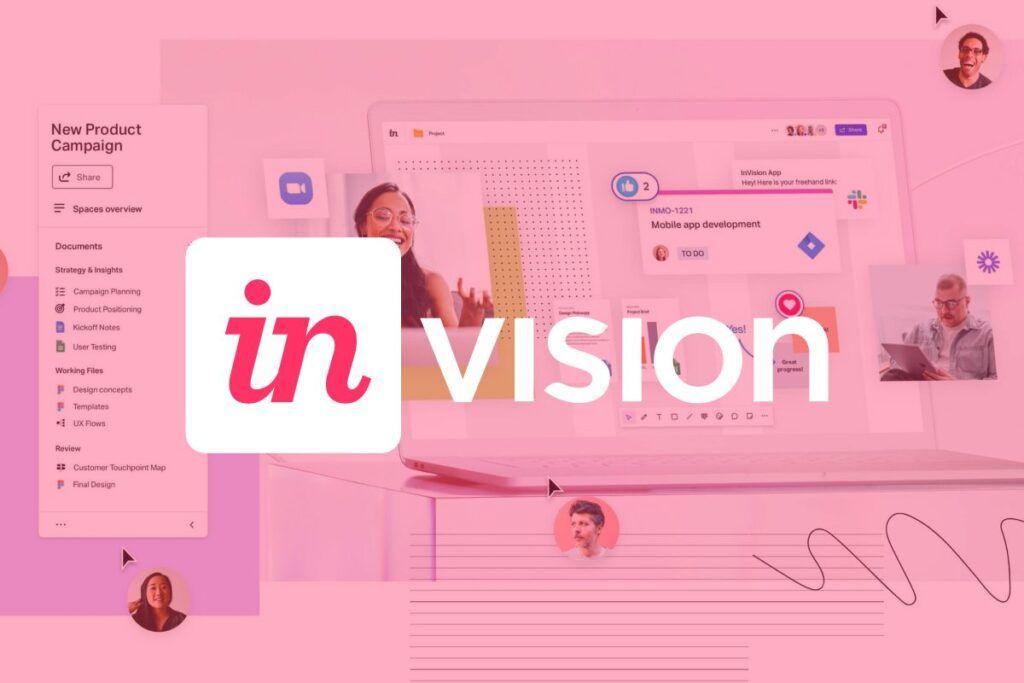Designing the Future: The InVision Success Story

Once upon a time, in the fast-paced world of digital design and collaboration, a company called InVision emerged as a true pioneer. Founded in 2011 by Clark Valberg and Ben Nadel, InVision set out to revolutionize the way designers and product teams worked together.
InVision's journey began with a simple yet powerful idea: to create a platform that would enable seamless design collaboration in the era of remote work and distributed teams. They envisioned a world where designers, developers, and stakeholders could come together, iterate on designs, and transform ideas into reality without any barriers.
With this vision in mind, InVision launched its first product, InVision App, in 2012. It quickly gained traction among designers worldwide, offering a cloud-based platform that allowed them to upload, share, and gather feedback on their designs. InVision's user-friendly interface and robust collaboration features made it an instant hit in the design community.
As the company grew, it continued to innovate and expand its product offerings. InVision introduced additional features like prototyping, which empowered designers to bring their static designs to life with interactive animations and transitions. This allowed stakeholders to experience the design as if it were a functioning product, providing valuable insights and reducing the need for lengthy revision cycles.
InVision's commitment to enhancing the design process didn't stop there. In 2017, they unveiled Design System Manager (DSM), a platform that allowed teams to create and maintain a centralized design system. This helped streamline the design-to-development handoff, ensuring consistency across multiple projects and enabling teams to work more efficiently.
Recognizing the growing importance of user research and feedback, InVision went on to acquire UserTesting in 2020. This strategic move allowed designers to conduct usability testing and gain valuable insights directly within the InVision platform. It further solidified InVision's position as a comprehensive design and collaboration solution.
Over the years, InVision continued to refine its product offerings, introducing features like Studio, a powerful design tool, and Freehand, a virtual whiteboard for brainstorming and ideation. They also launched a robust plugin ecosystem, enabling seamless integration with other popular design and project management tools.
InVision's success story is not solely attributed to its innovative products but also to its unwavering dedication to its users. The company nurtured a vibrant community by hosting design events, webinars, and conferences, fostering a sense of belonging among designers worldwide.
As the design industry continued to evolve, InVision adapted and expanded its reach. They formed partnerships with major players like Slack, Microsoft, and Atlassian, integrating their tools and services to provide a holistic design experience.
Today, InVision stands tall as a market leader, empowering millions of designers and product teams worldwide to collaborate, iterate, and create exceptional digital experiences. With a rich suite of products, a passionate community, and an unwavering commitment to design excellence, InVision continues to shape the future of digital design and drive innovation in the industry.